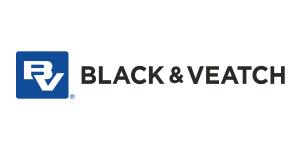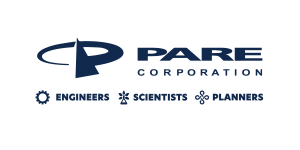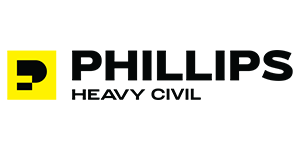National Dam Safety Program Research Needs: Reports and Research Papers
NDSP Research Workshop: Outlet Works (FEMA 539)
Report on the research workshop held May 25-27, 2004, in Denver, Colorado
NDSP Research Workshop: Hydrologic Issues for Dams (FEMA 538)
Report on the research workshop held November 14-15, 2001 at the Hydrologic Engineering Center (HEC) in Davis, California
NDSP Research Workshop: Dam Spillways (FEMA 536)
Report on the research workshop held September 1, 2005. It documents the state of practice concerning cost-effective techniques for the enlargement, modification, inspection, monitoring, and maintenance of dam service and emergency spillways.
NDSP Research Workshop: Risk Assessment for Dams
Report on the research workshop held March 7-9, 2000 at Utah State University.
Seepage through Embankment Dams (FEMA 535)
Report from a FEMA workshop held October 17-20, 2000 in Denver, CO. This workshop report documents expert consideration of (1) potential seepage problems and solutions associated with penetrations through embankment dams, e.g., outlet works conduits; (2) filter design criteria and observed performance; (3) inspection of dams for detection of seepage problems, failure modes associated with seepage and internal erosion, and analysis of risks associated with seepage and internal erosion; (4) investigation of seepage problems and concerns at dams, including the use of geophysical techniques, and instrumentation and measurements for evaluation of seepage performance; (5) remediation of seepage problems through cutoff, reduction of flow, and collection and control of seepage, including the use of geosynthetics; and (6) impacts of the aging of seepage control and collection system components on seepage performance
NDSP Research Workshop: Spillway Gates (FEMA 537)
Report on the FEMA/ASDSO research workshop held January 5-6, 2000.
NDSP Research Workshop: Impacts of Plants & Animals on Earthen Dams
Report from the research workshop held November 30-December 2, 1999 at the University of Tennessee in Knoxville.
Embankment Dam Failure Analysis (FEMA 541)
Synopsis of findings from a research workshop held June 26-28, 2001 in Oklahoma City. (2005)
Summary of Existing Guidelines for Hydrologic Safety of Dams
The purpose of this report was to document the available data and to present the state of the practice for evaluating the hydrologic safety of dams, including inventorying current practices used by state and federal agencies. This work included a review of hydrologic guidelines currently used in each state and federal agency that regulates dams, and was guided by an independent steering committee and reviewed by the Research Work Group. A subsequent publication will include new federal guidelines for the evaluation of the hydrologic safety of dams that could be applied nationwide. (2012)
Emergency Action Planning for State-Regulated High-Hazard Potential Dams: Findings, Recommendations, and Strategies (FEMA 608)
National Dam Safety Review Board Task Group on Emergency Action Planning and Response report. (2007)
Predicting Peak Outflow from Breached Embankment Dams
Final report prepared for the National Dam Safety Review Board Steering Committee on Dam Breach Equations. June 2010.
NDSP Research Workshop: Final Report on Coordination and Cooperation with the European Union on Embankment Failure Analysis (FEMA 602CD)
Report integrates EU and U.S. research findings and results related to earthen embankment overtopping failure over a 3-year period.













































